The first genuine Jaguar XKSS to be made since 1957 has been unveiled at the Petersen Museum in Los Angeles.
The one-off example is the work of the Jaguar Classic division and has been created ahead of the production of nine examples that are to be hand-built in the UK for delivery to customers in 2017.
The XKSS revealed today will be used as a blueprint from which the nine continuation cars are built. The nine will have period chassis numbers from the original XKSS chassis log and all are to be sold at a price in excess of £1 million each.
Jaguar Classic spent 18 months researching how to build the XKSS continuation cars faithful to the 1957 specification, albeit with some minor changes to improve driver and passenger safety, such as a fuel tank made of modern materials so it can accommodate modern fuel types.
Some original design drawings were used a basis for the revived model, and Jaguar Classic’s engineering team also scanned several XKSS examples to create a complete digital image of the car, including all the parts required.
The body of the continuation XKSS is made from magnesium alloy, as it was in 1957, but because the original styling bucks do not exist, Jaguar Classic produced a new styling buck based on the original bodies from the 1950s. The bodies of the nine new cars will be formed on this buck, using a traditional hand-wheeling process.
Jaguar Classic’s engineers worked with the original frames and from there produced CAD to support the building of the chassis. In partnership with the Classic team, frame maker Reynolds – famous for its 531 tubing – was briefed to craft bespoke new parts using imperial measurements rather than metric. The frames are bronze-welded in the same way as the period XKSS chassis tubes.
The continuation cars feature period-specification four-wheel Dunlop disc brakes with a Plessey pump, and Dunlop tyres with riveted two-piece magnesium alloy wheels.
Under the bonnet is a 262hp 3.4-litre straight six D-Type engine. The engine features completely new cast iron blocks, new cast cylinder heads and three Weber DC03 carburetors.
The cockpit features perfect recreations of the original Smiths gauges. Everything, from the wood of the steering wheel, through the grain of the leather seats to the brass knobs on the XKSS dashboard, is precisely as it would have been in 1957.
Jaguar Classic’s engineers will put an estimated 10,000 man hours into the build of each of the continuation cars.

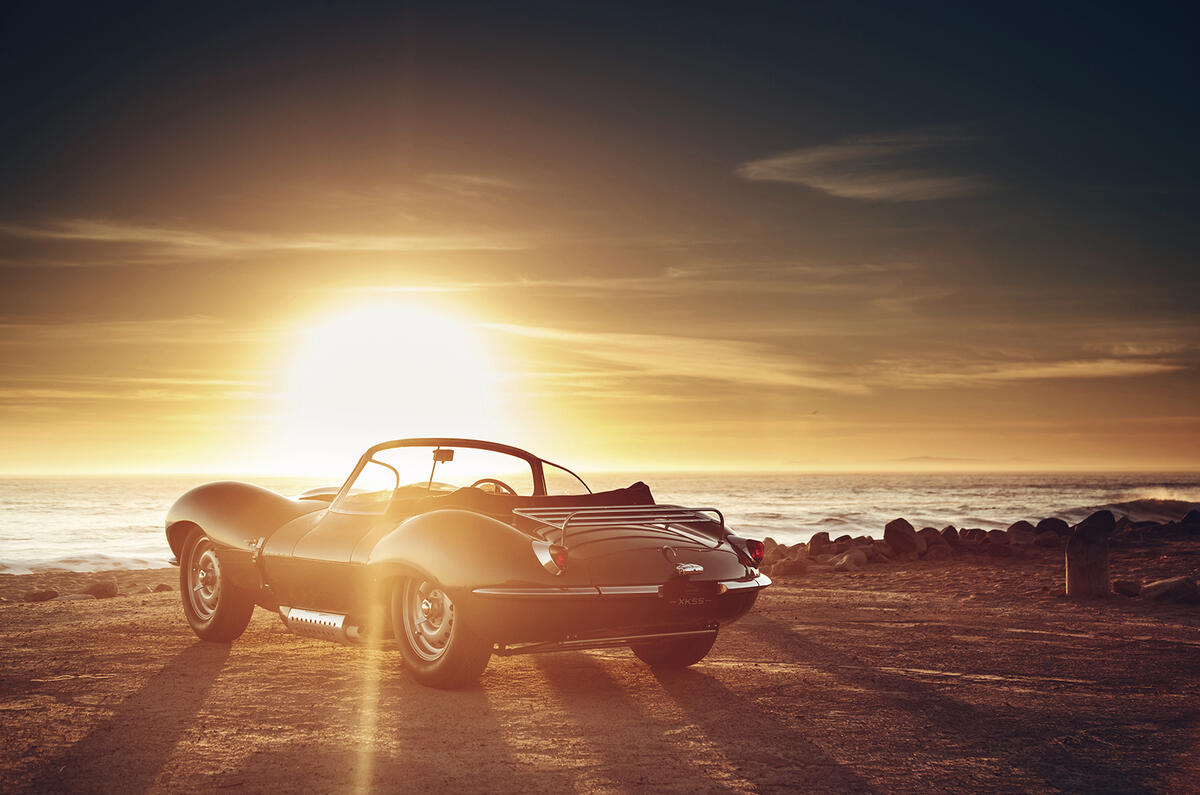
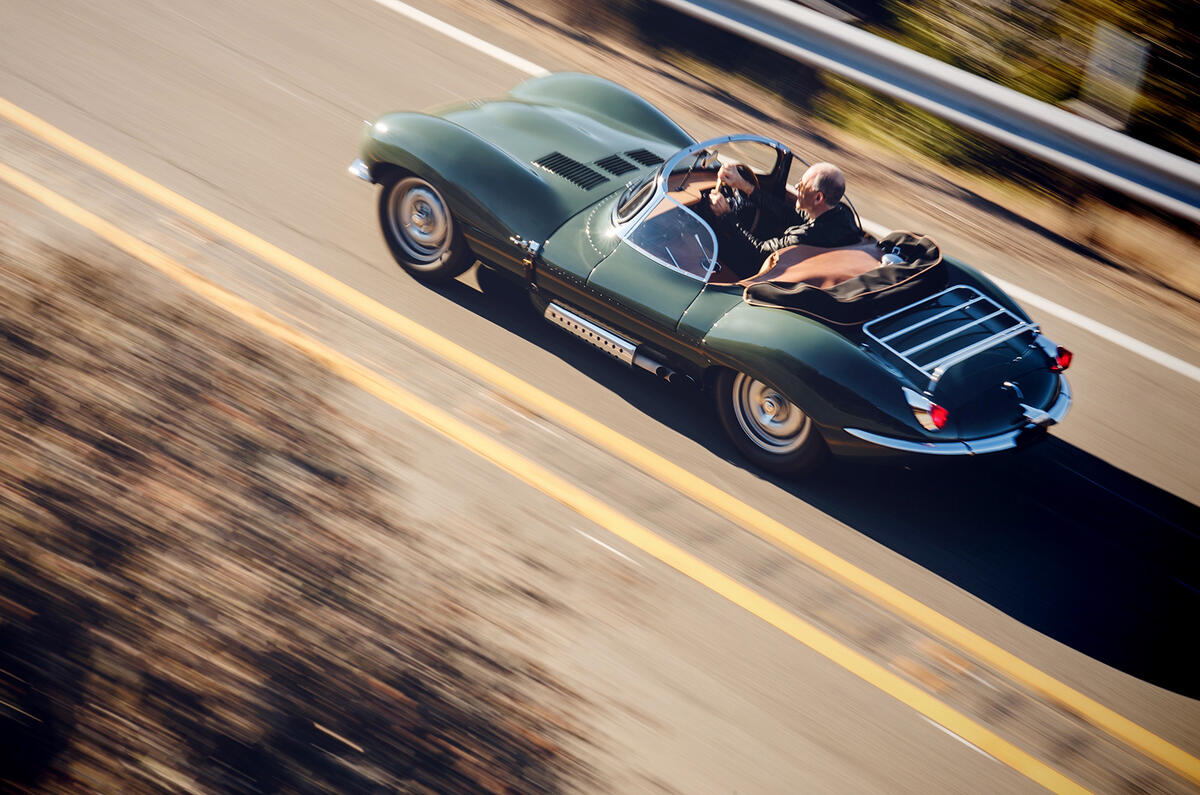
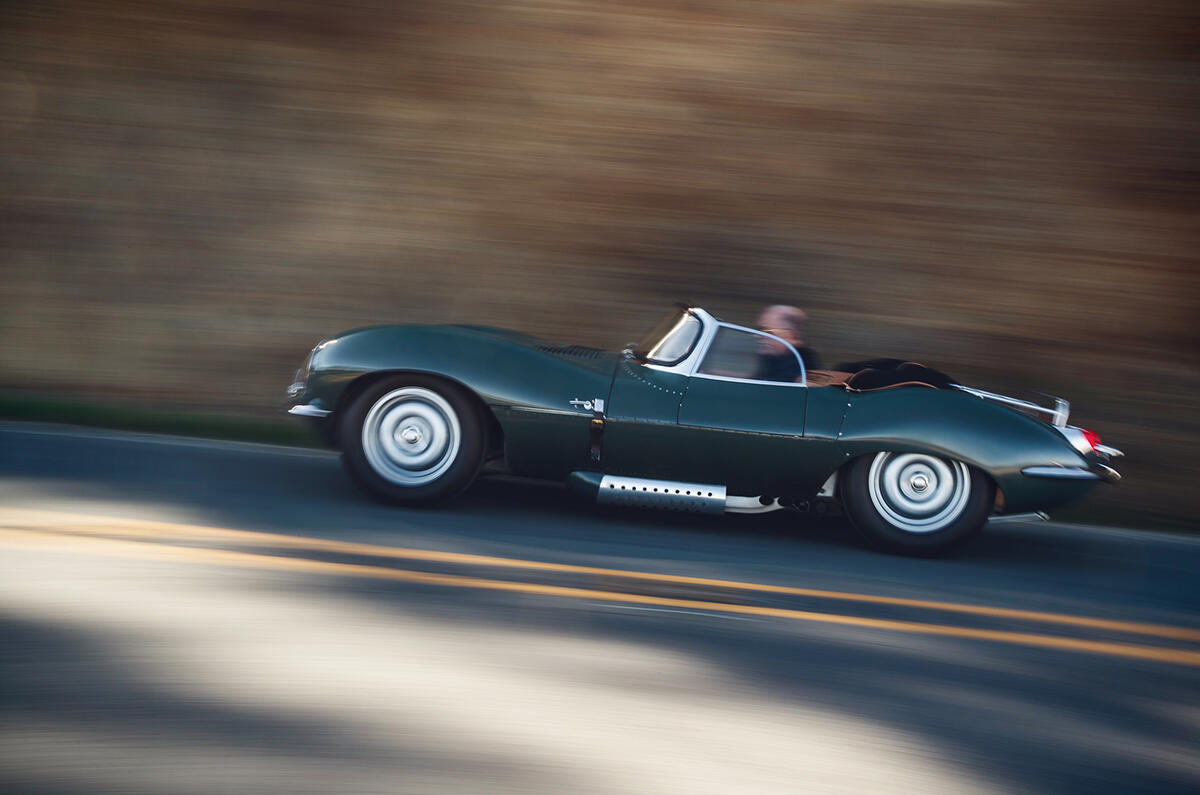
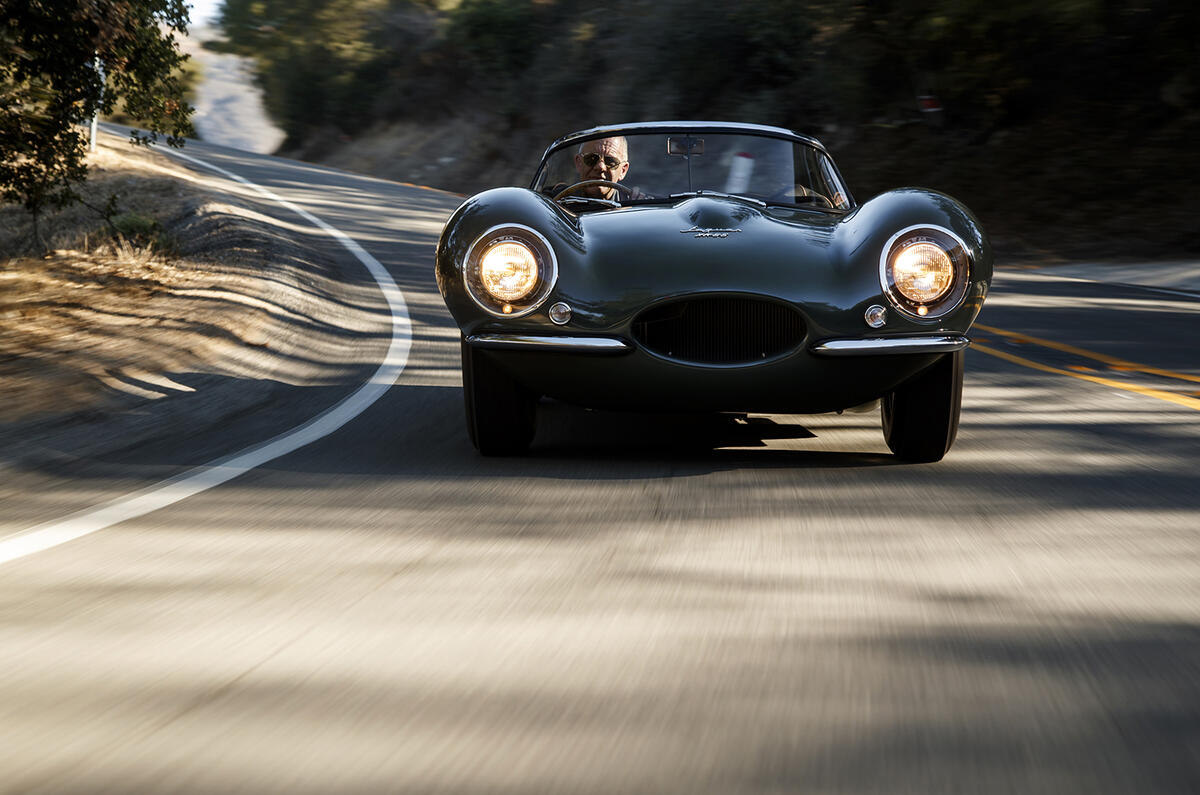
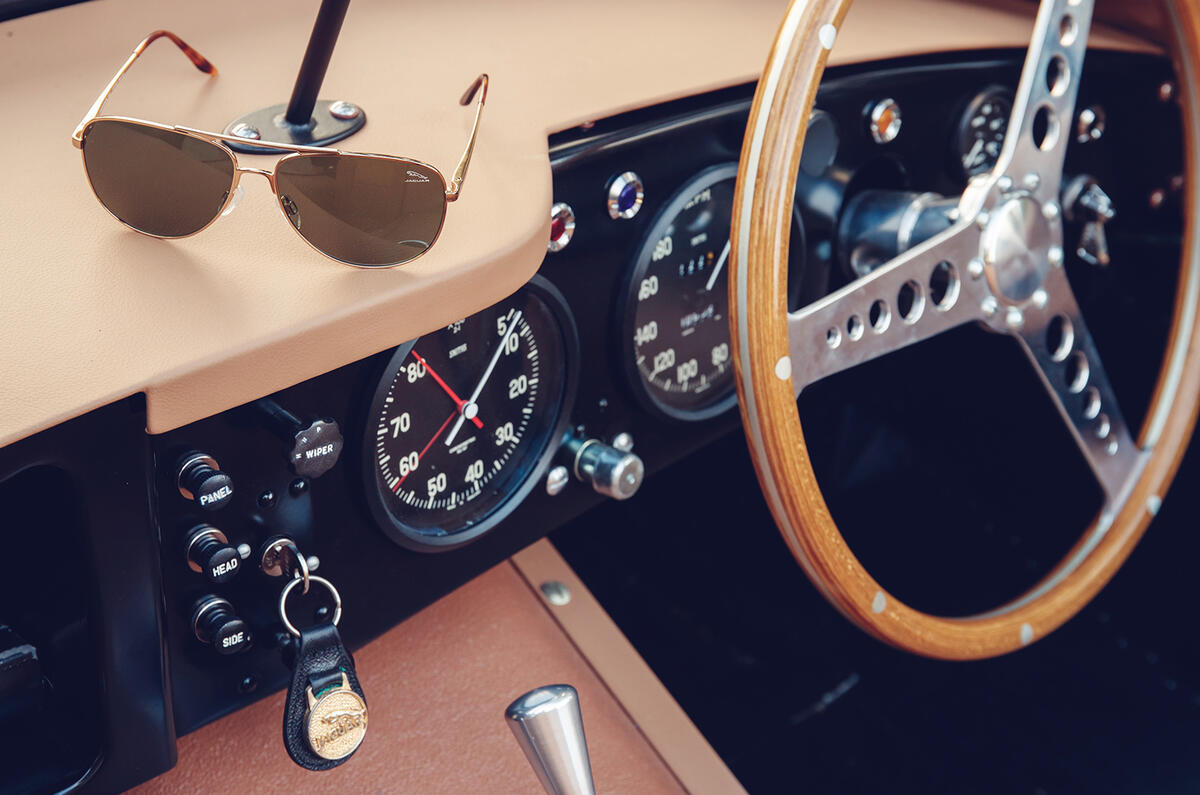
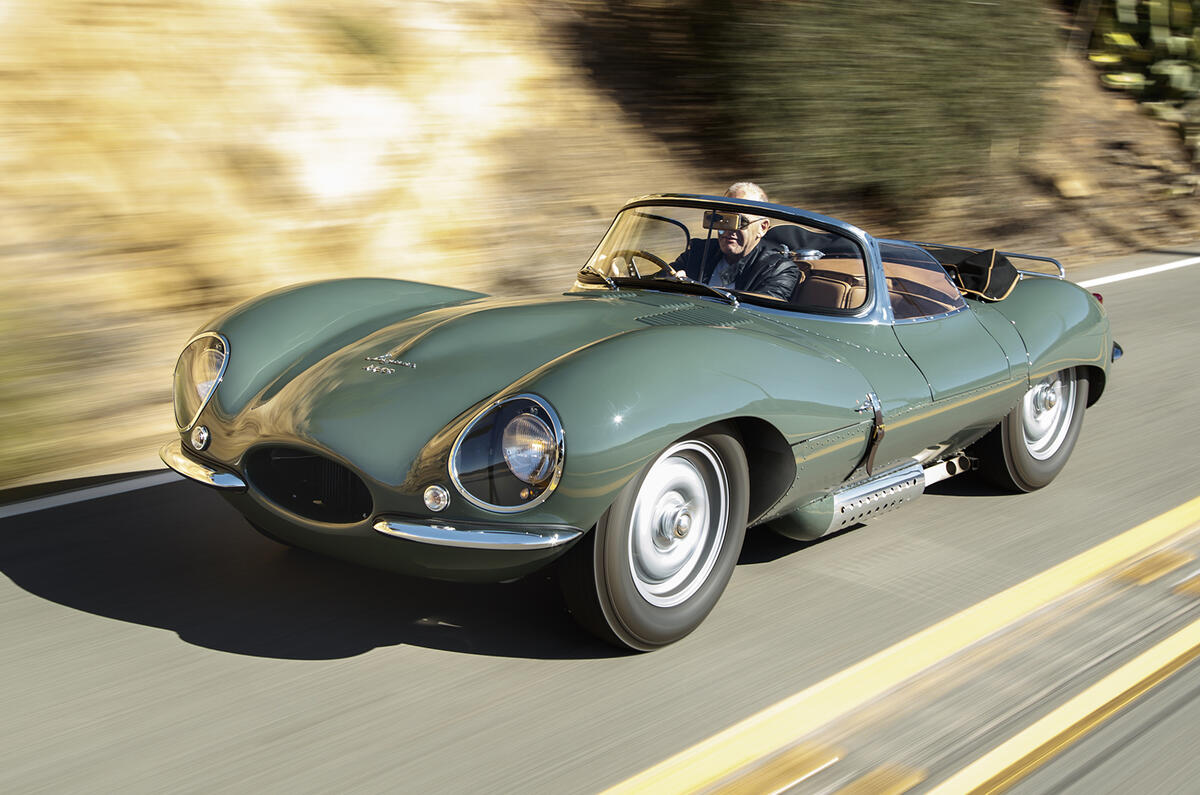
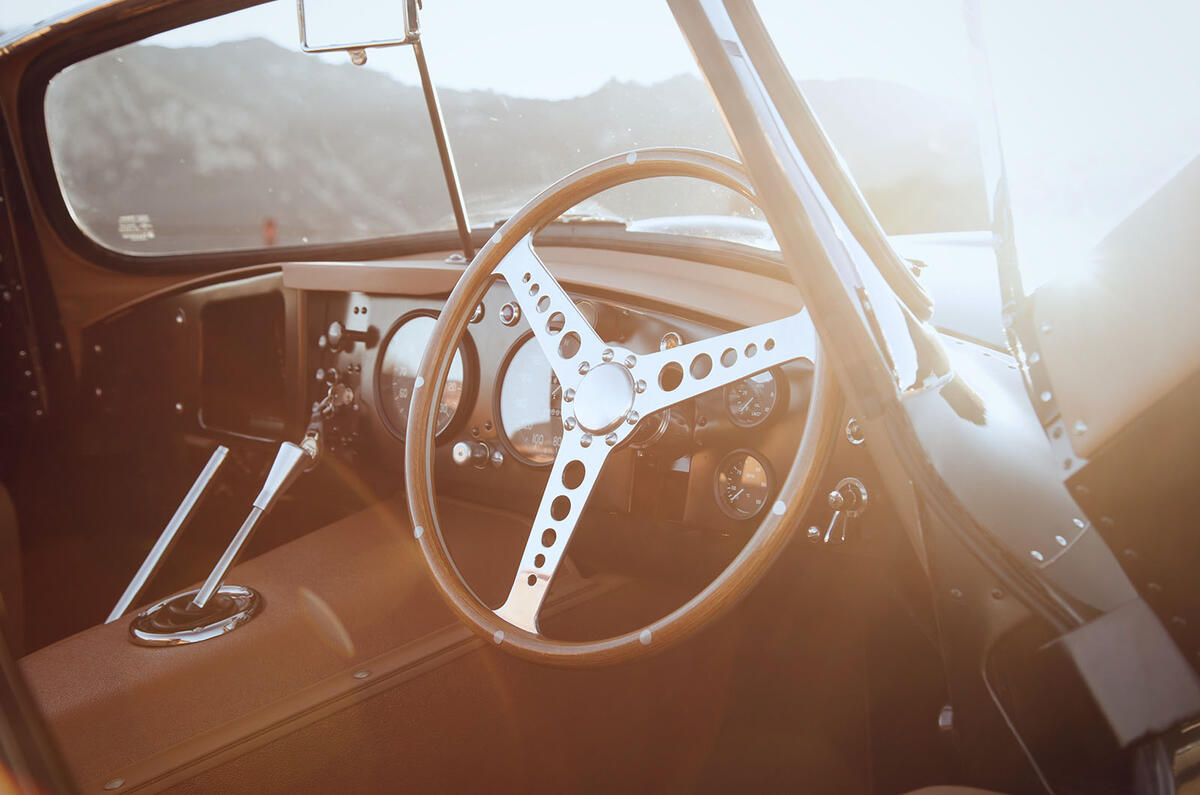
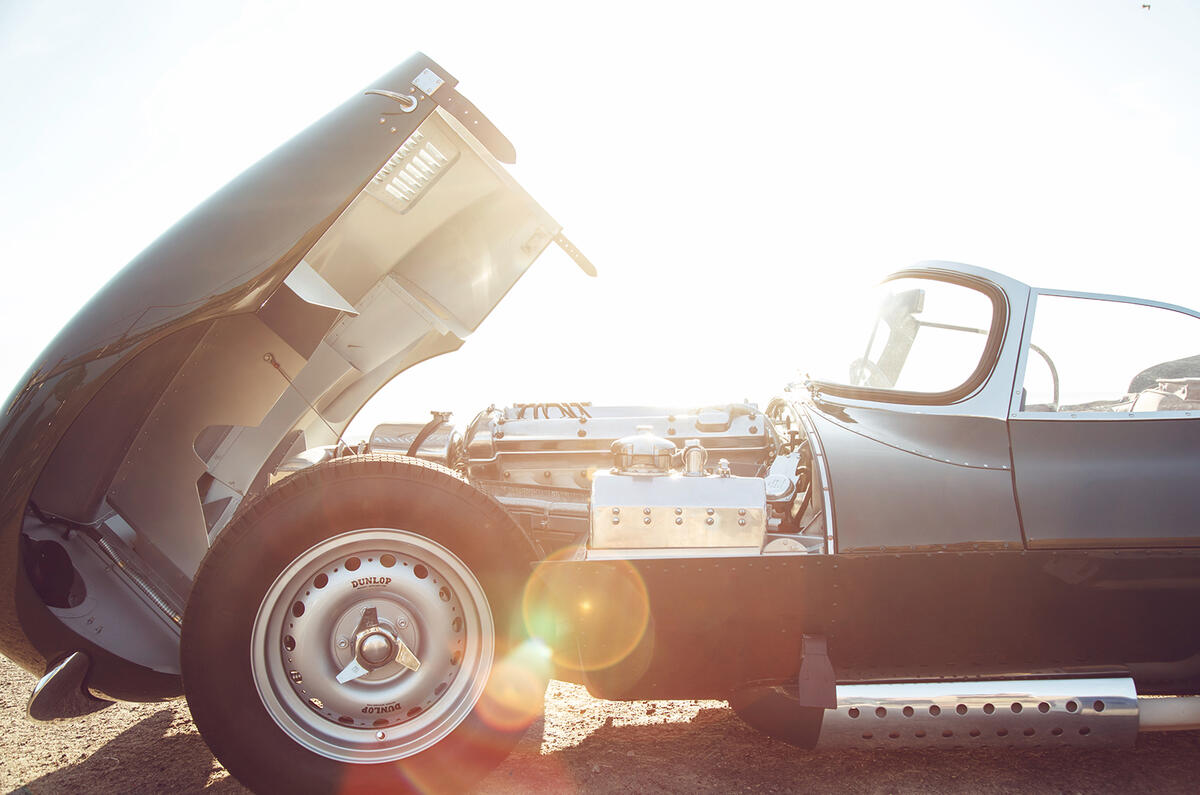
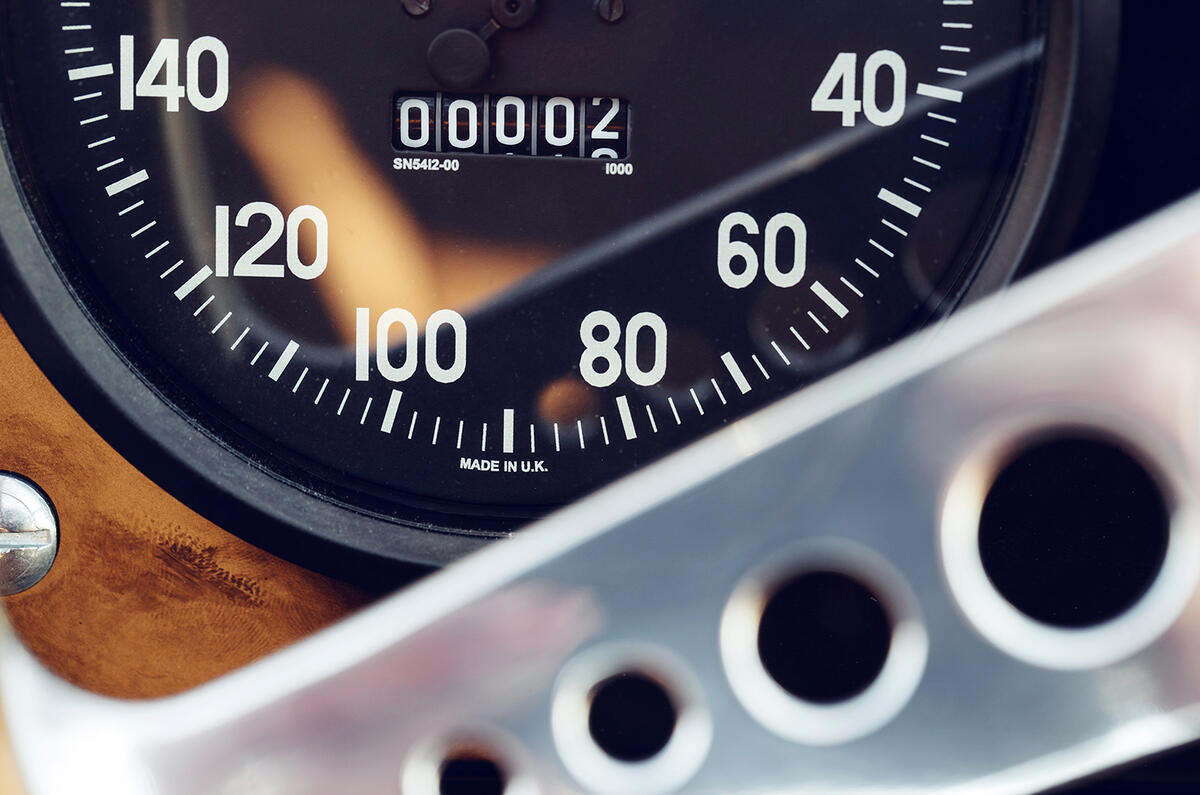
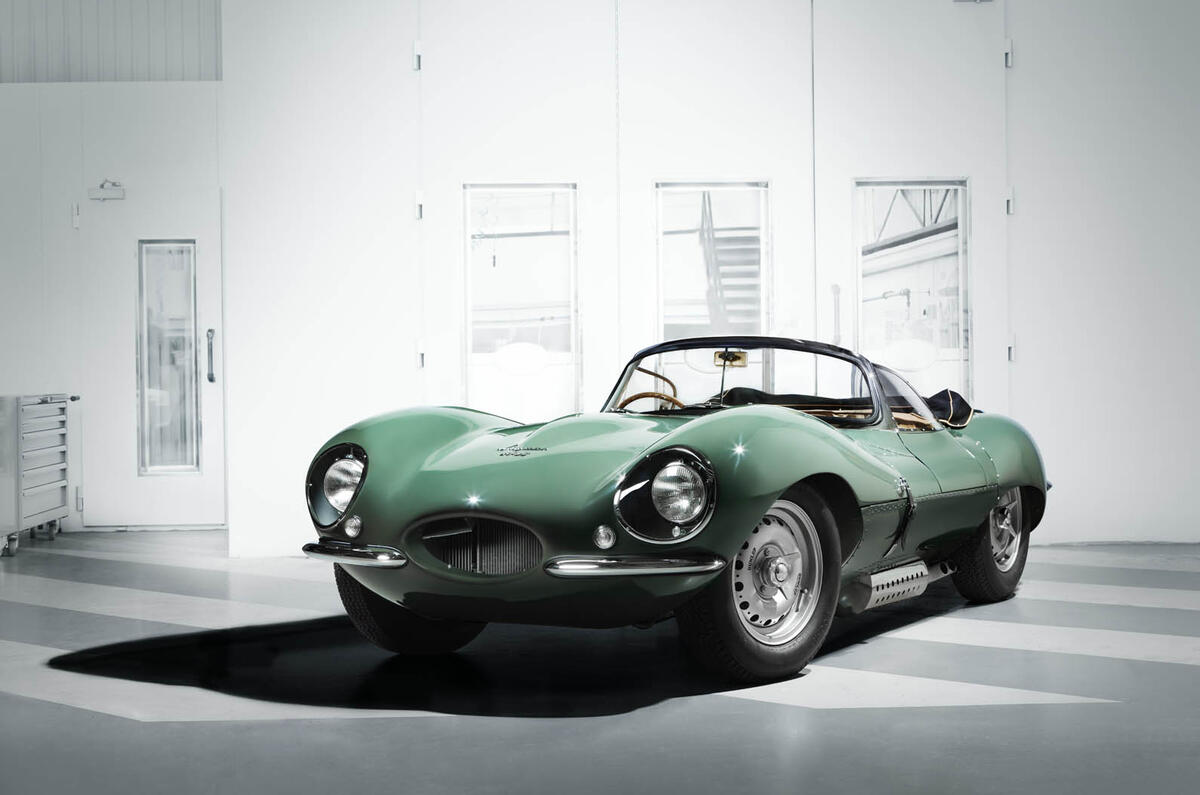
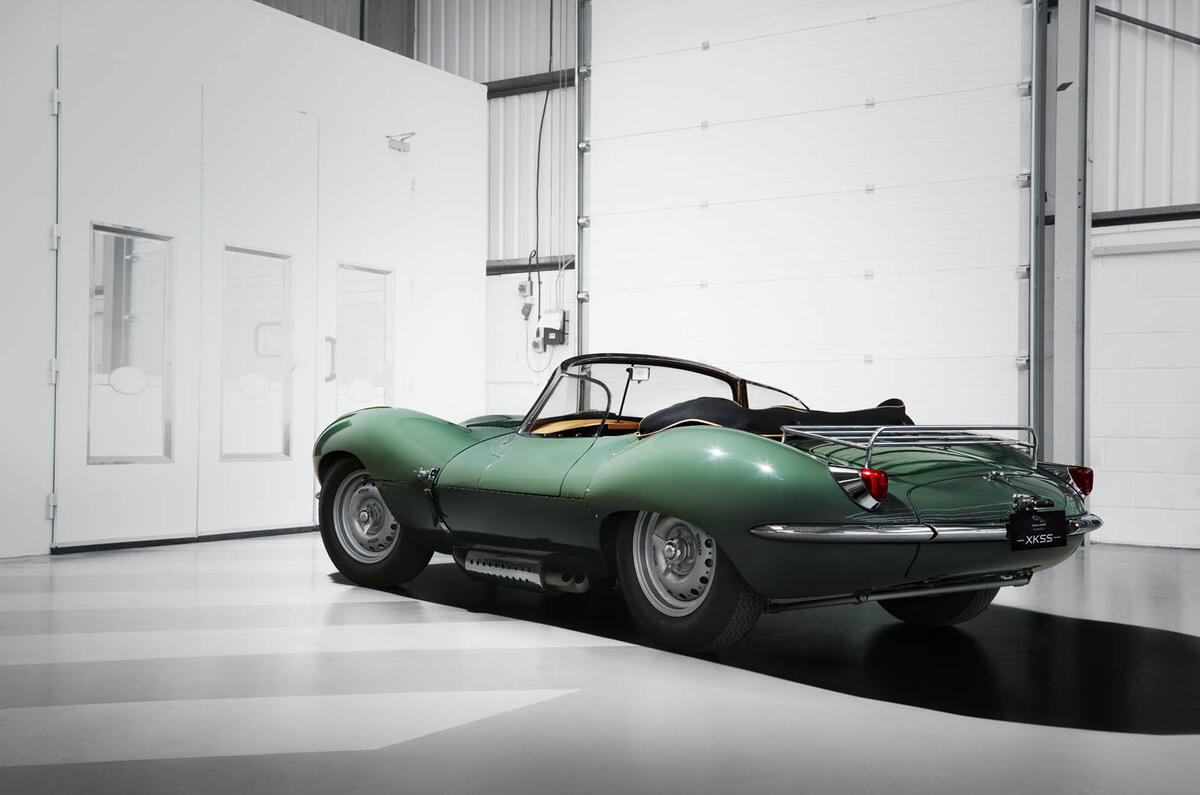
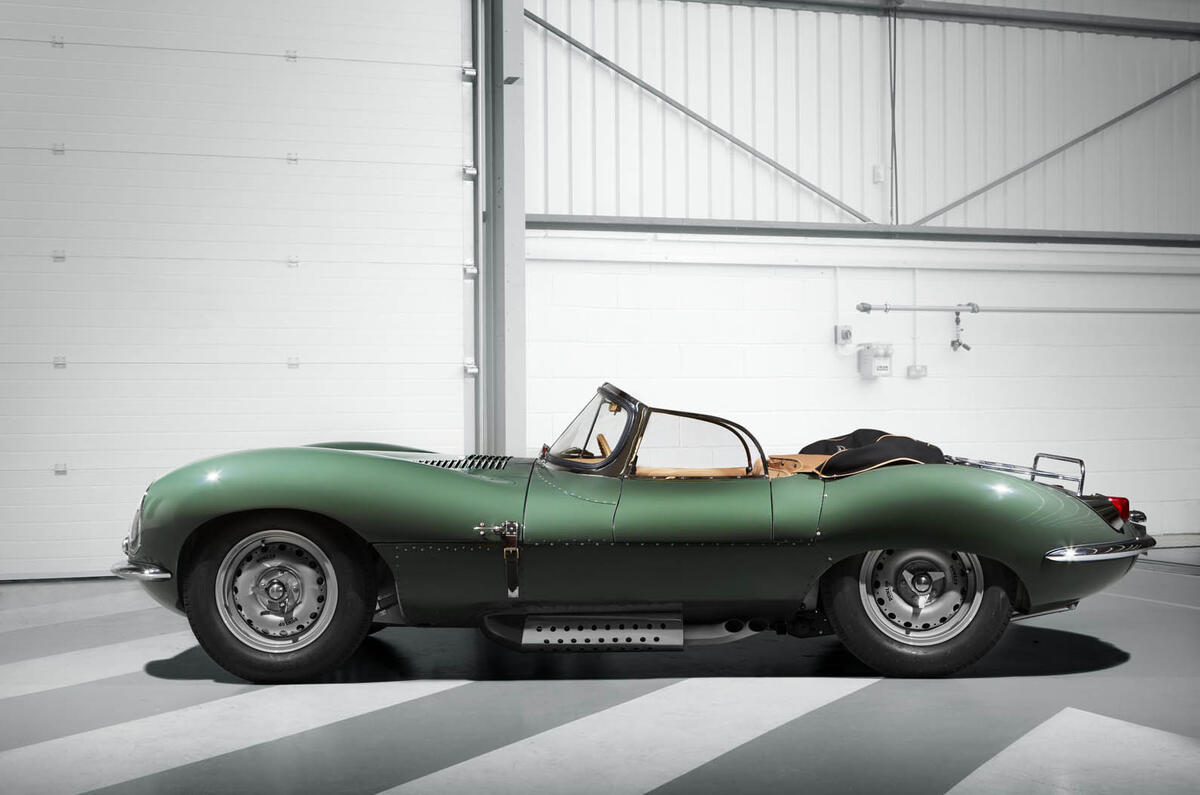

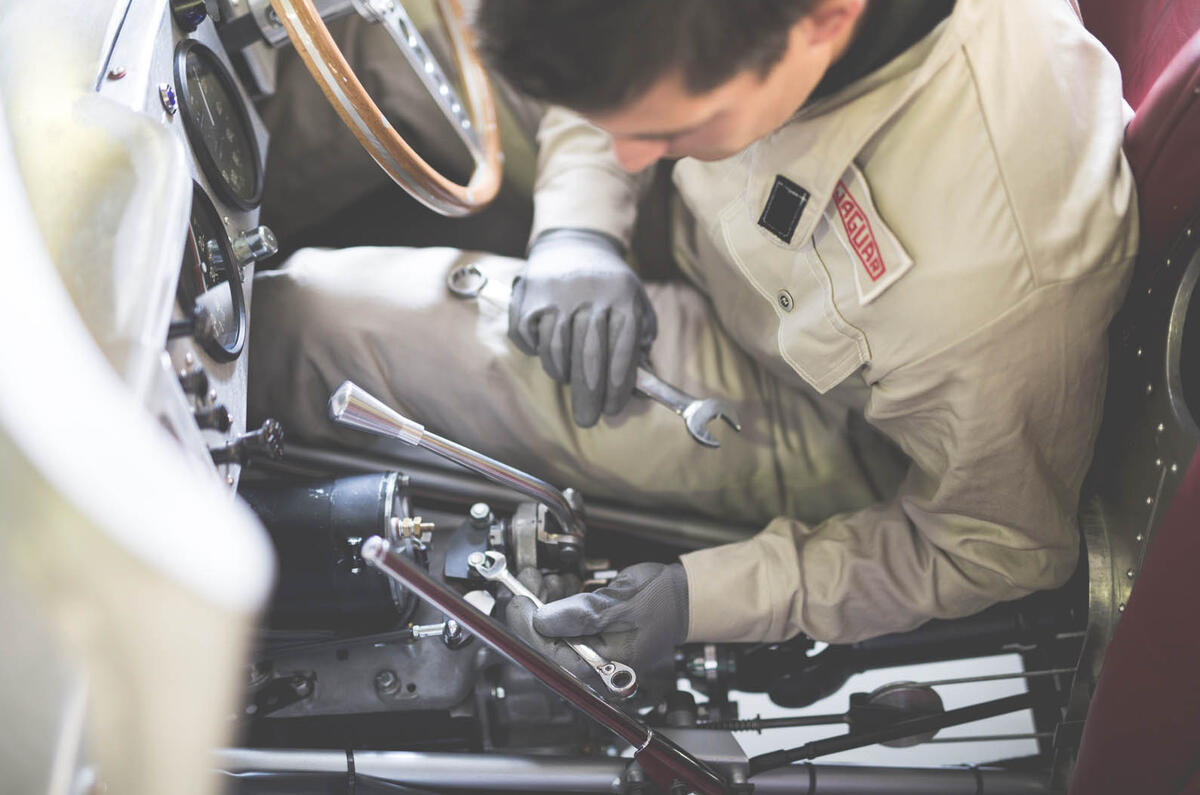
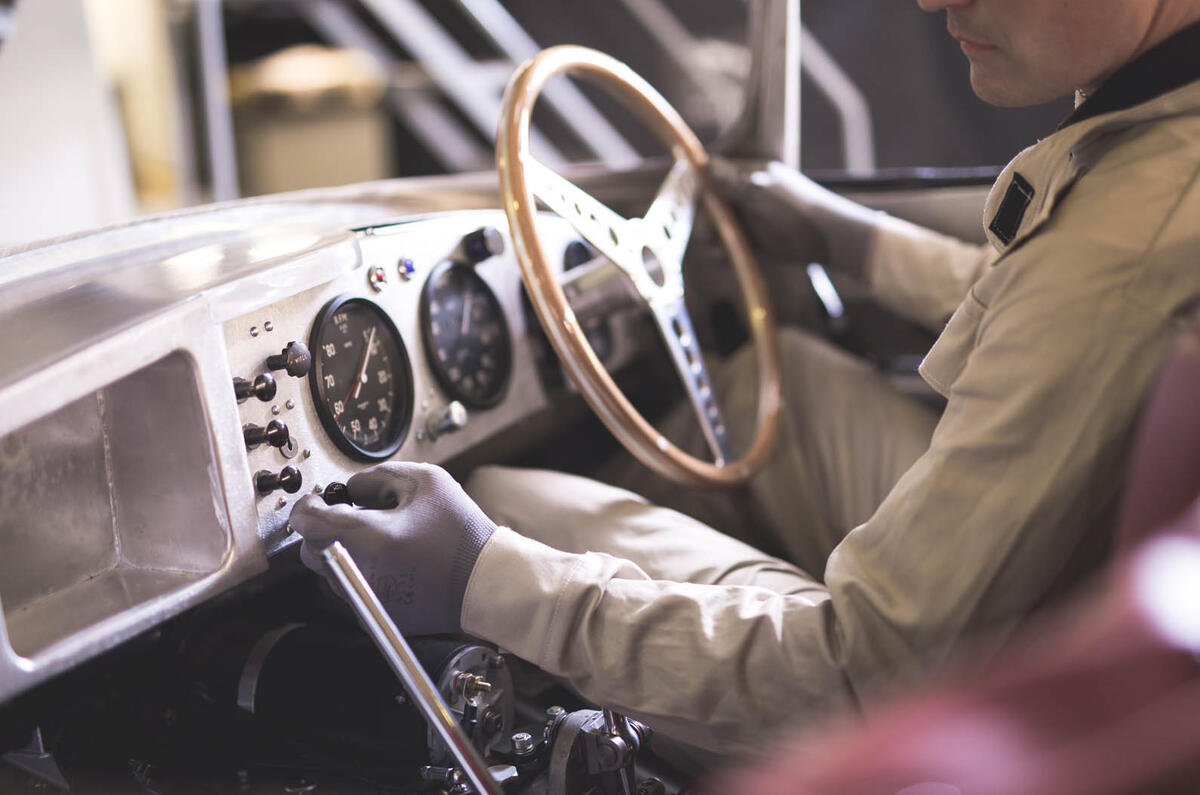
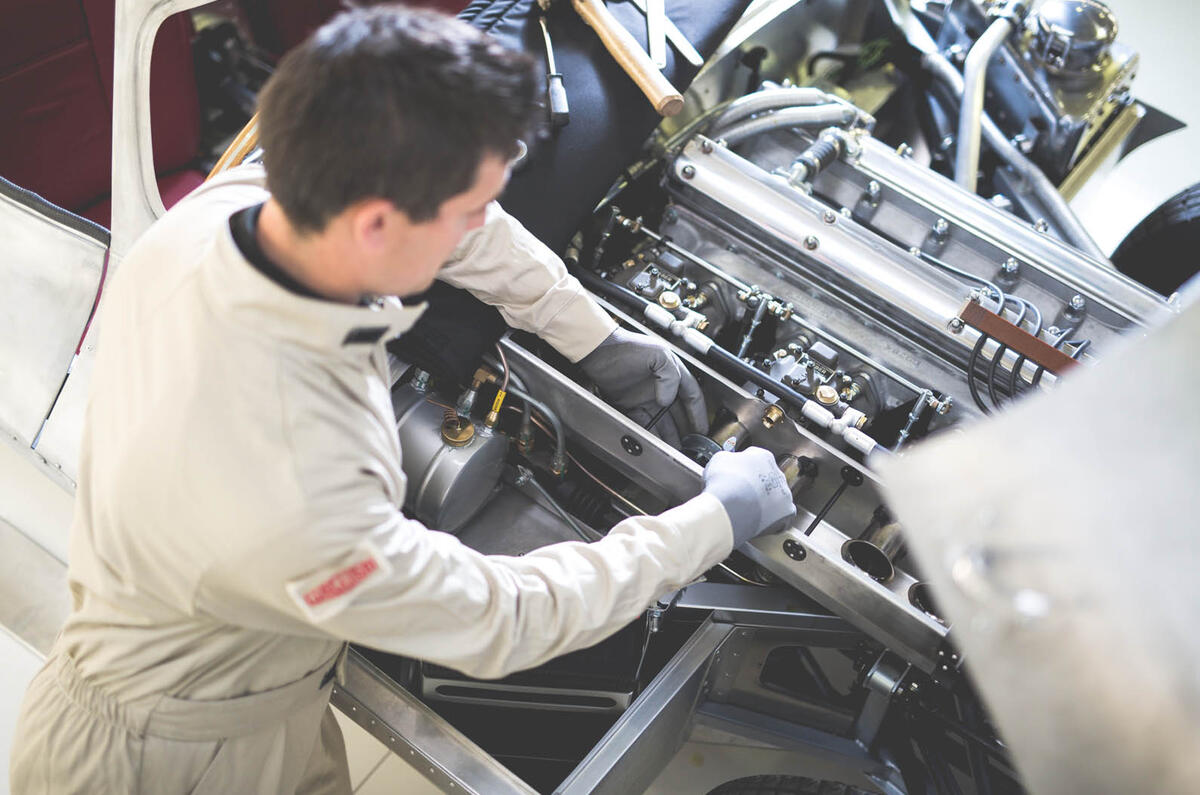
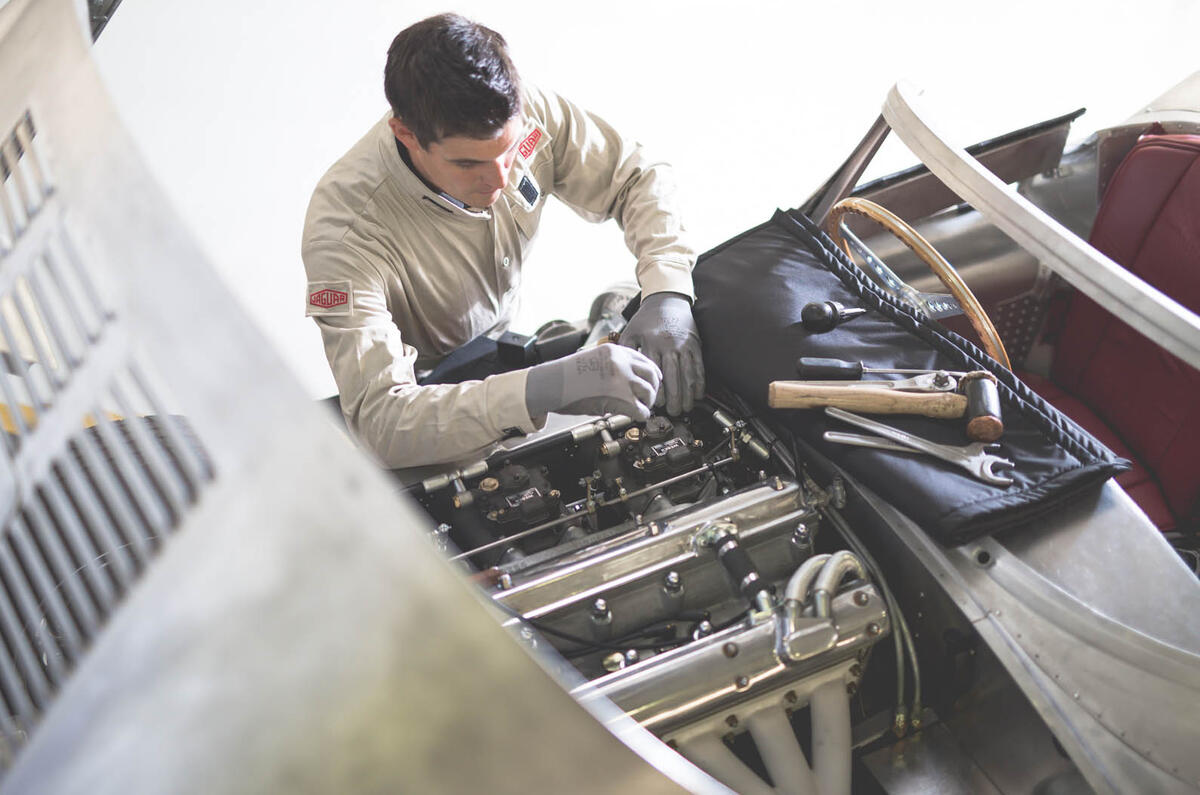
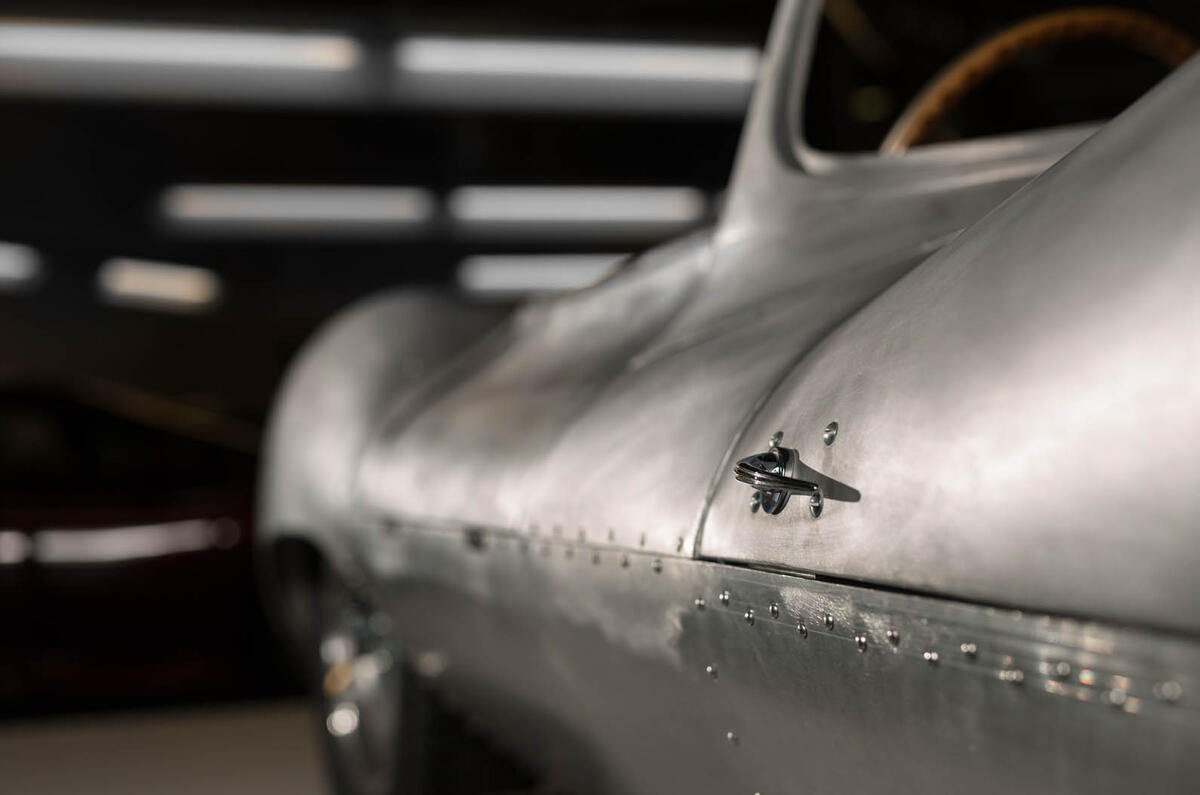
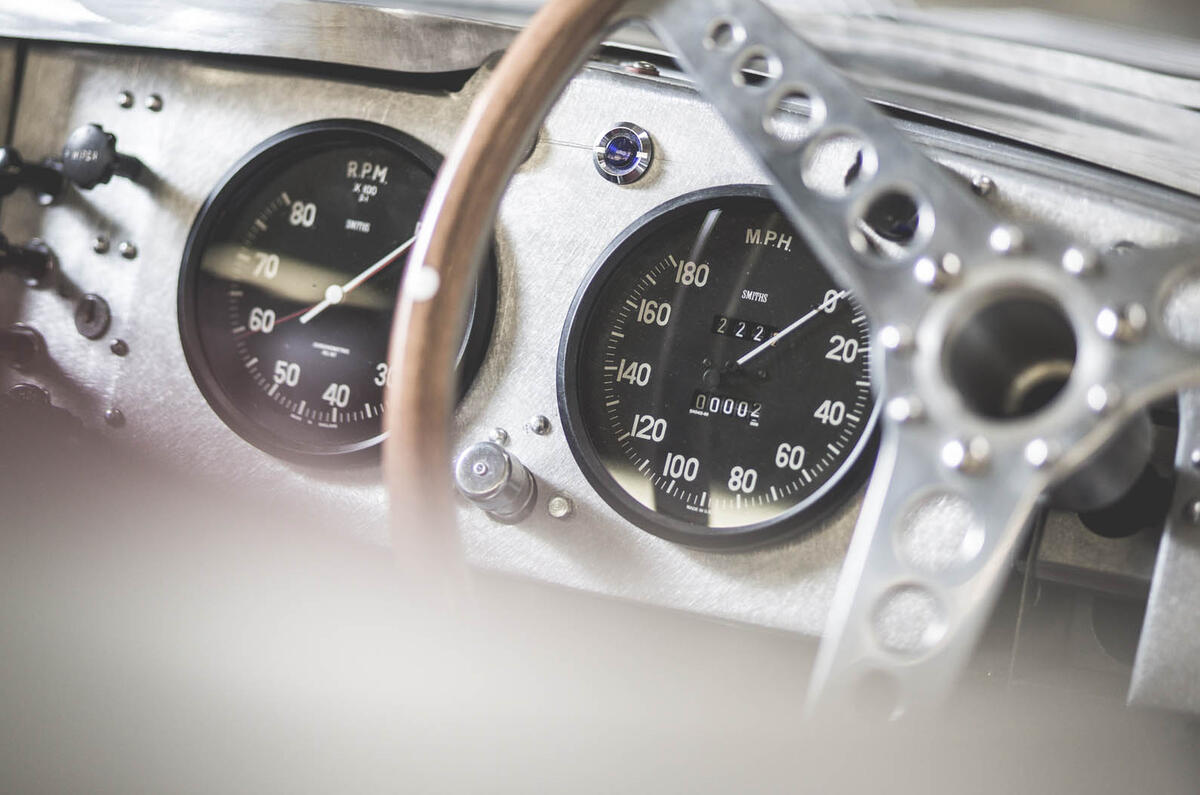
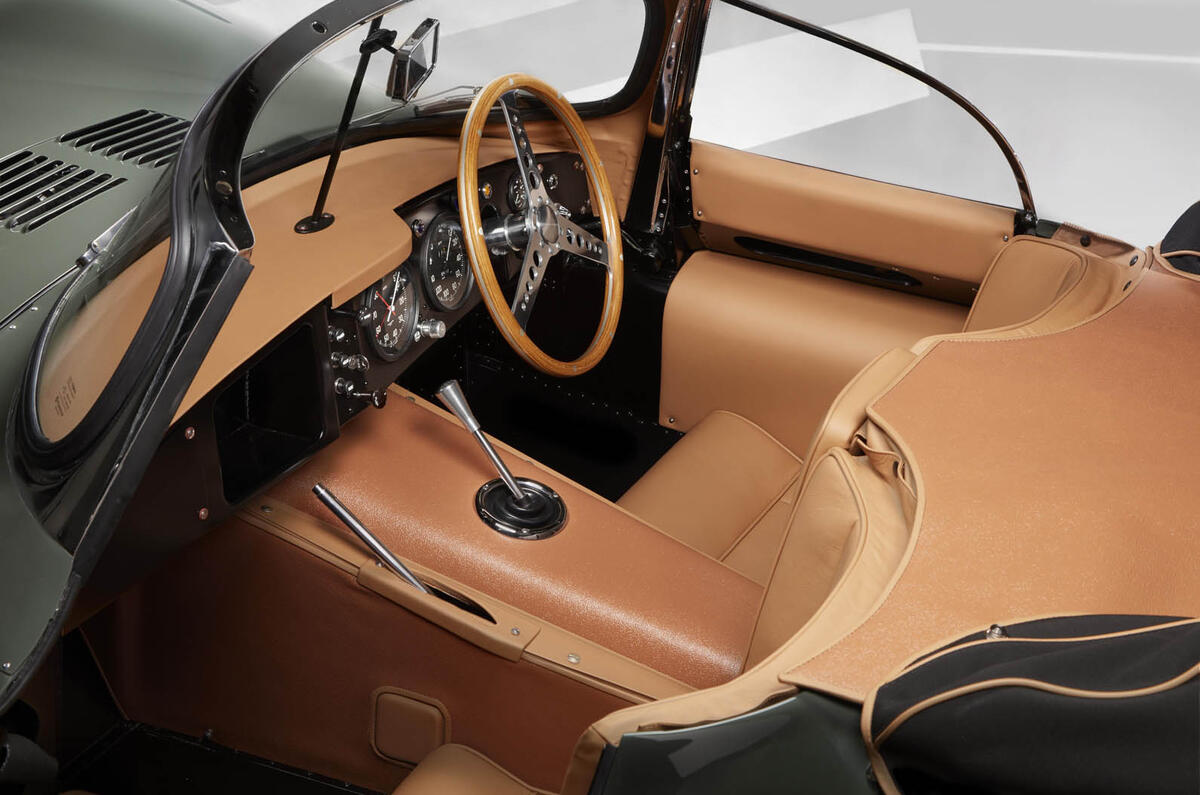
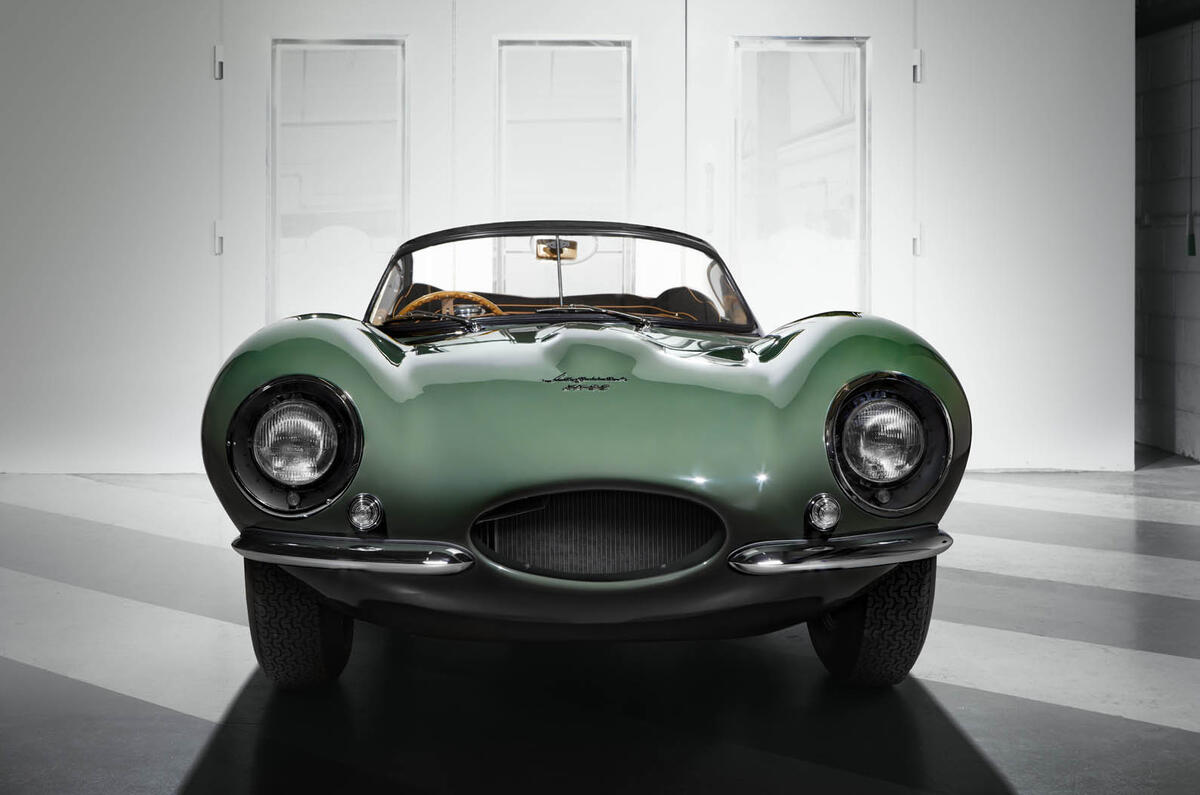
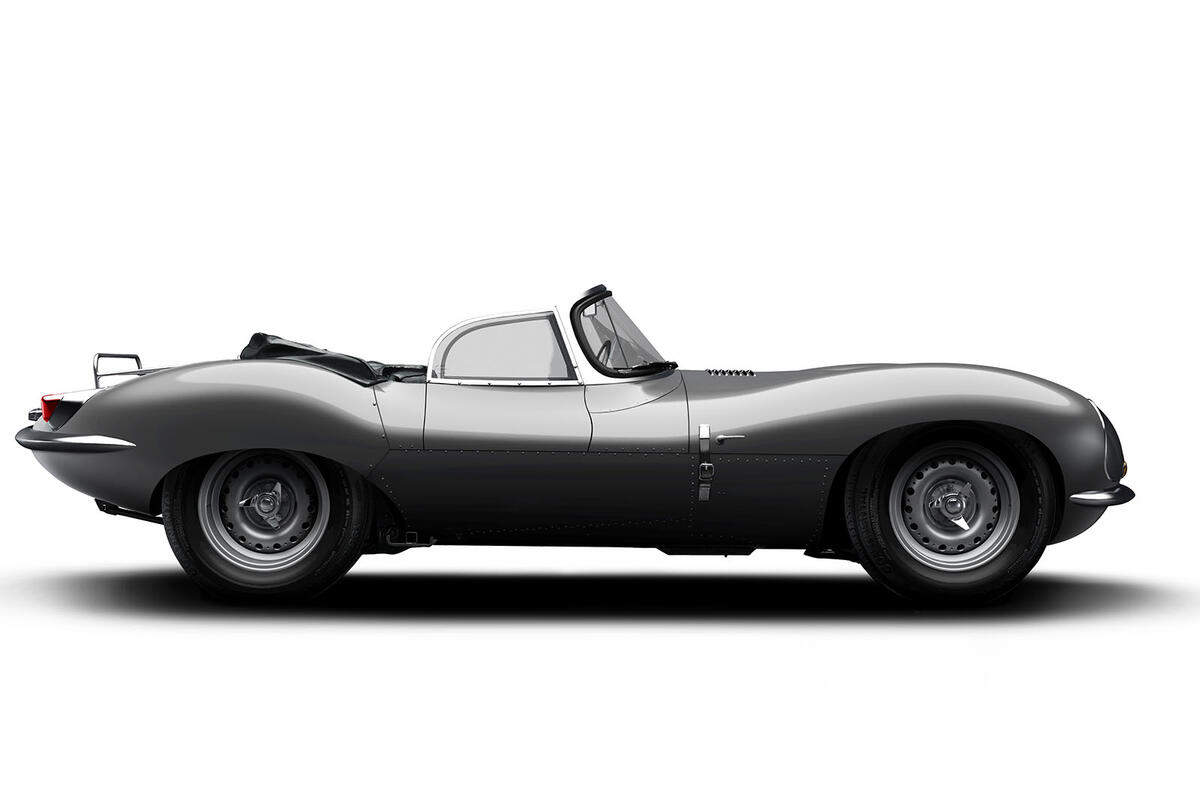


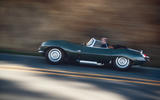


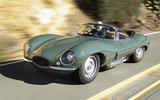







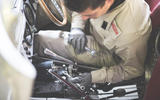

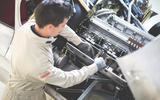
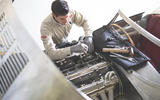
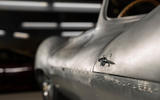
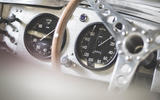

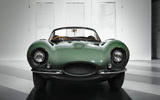
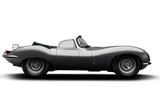



Join the debate
Add your comment
LOVE IT!
Desire
a great way for wealthy middle aged men